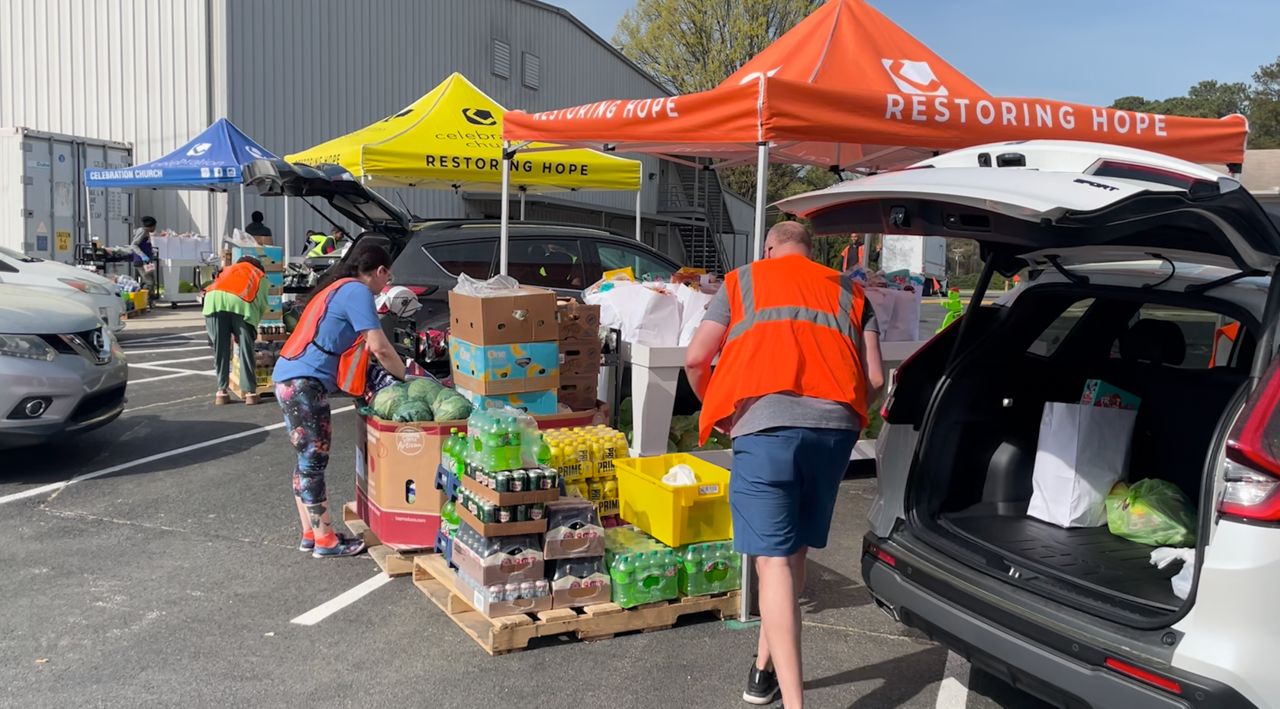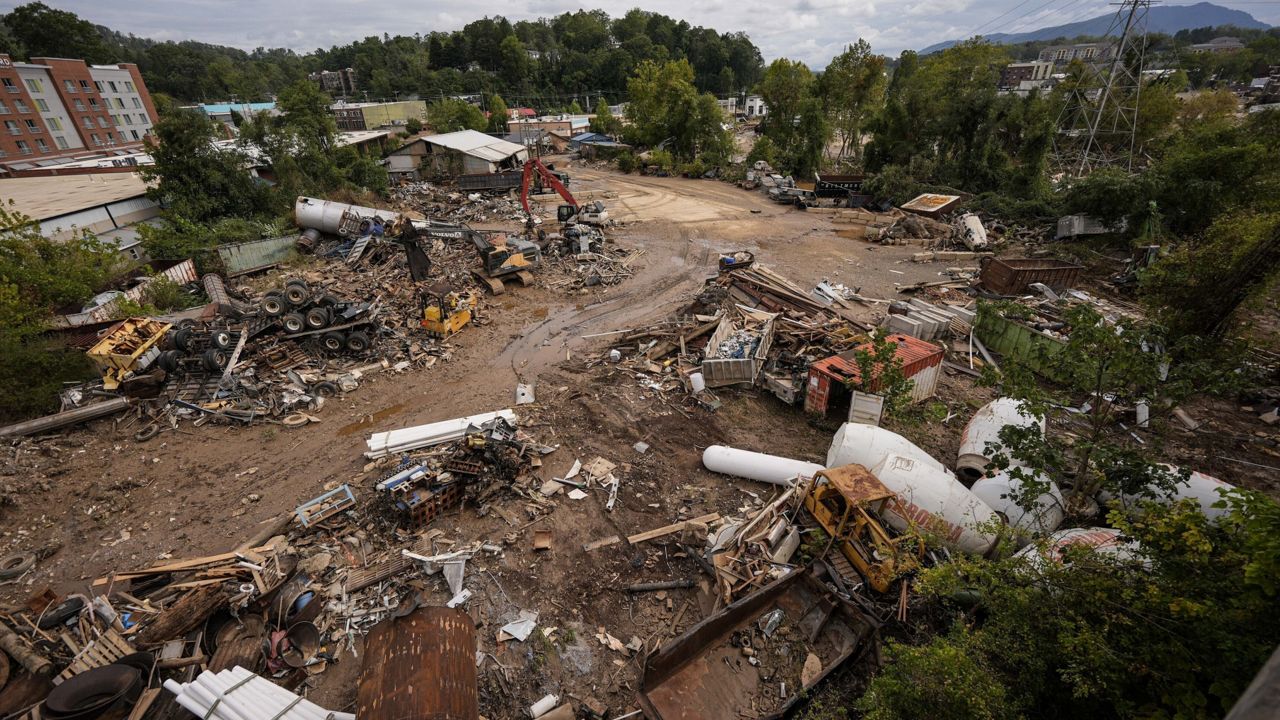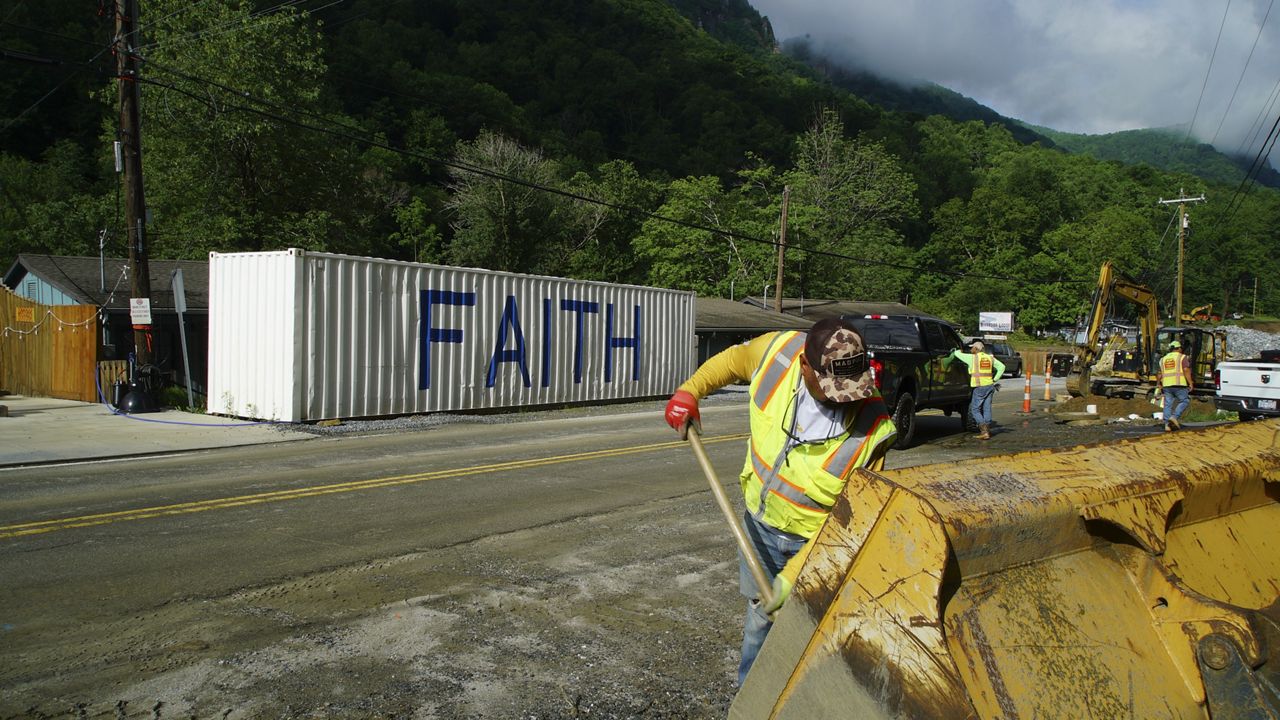NORTH CAROLINA -- Sounds of change are echoing across America.
George Floyd's death is triggering a reckoning among Asian Americans over what role they play in issues often divided into black and white.
"Throughout American history, people have wondered how do Asian Americans fit in," says Frank Wu, author of the book "Yellow: Race in America Beyond Black and White".
Wu says Asian Americans stand at a crossroads, having to decide if they're people of color, honorary whites, or perpetual foreigners.
Will Ham's made his choice. He co-organized an Asian For Black Lives rally last weekend.
Asians and Blacks have historically fought for civil rights together. A shared history exemplified by civil rights activists like Grace Lee Boggs. Yuri Kochiyama was by Malcolm X's side, cradling his head as he took his last breaths.
"It's a shame the past few decades, the lines of communication have been lost," Ham says. "Leading to a lot of ignorance of each other from both communities."
The most glaring example of heightened hostilities, the Los Angeles riots in 1992. For decades Asian Americans have also been used to disguise racial inequalities.
Take the model minority myth for example. You've probably heard the stereotype. Most Asians are whiz kids and grow up to become highly successful. They're proof minorities can succeed if they just work hard.
"It's false flattery," says Wu, who was the first Asian American faculty member at Howard University School of Law. "It's a way to denigrate African Americans and other people of color. It's a way of pointing at the Asian Americans and saying, 'Look at them. They made it. Why can't you?'"
It also ignores the struggles of the many Asians who struggle. A poverty report released last year by New York City found Asians have the highest poverty rate of any ethnic group in the city. According to the Pew Research Center, income inequality in the U.S. is rising fastest among Asians.
Still, some Asian Americans have bought into the model minority concept. That complicity, intentional or otherwise, isn't lost on Durham resident Amy Lee.
"If we only get fired up about racism in Asian American communities and remain silent for the Black community then we are absolutely guilty of racism," says Lee, who marched in a protest in Durham.
Duke University student Christine Yoon is speaking up about Black Lives Matter for the first time. She says negative comments about the movement from her peers drove her to write a column in the school paper. She's urging people to call out racism when they see it, even if it's within their family.
"I got a lot of my friend texting me saying thanks so much. I'm sending this to my family, I learned a lot. Hopefully I drive people to action," the rising senior says.
You'll sometimes notice a generational divide between Asian immigrants and their American-born children.
Conversations about race weren't a big part of Richard Chung's childhood. But the Durham native is making sure things are different with his boys. He's taken them to several youth protests.
"We want them to be active in their world, be positive agents," Chung says. "Whether it's at a micro level in school with one kid or a broad level at a protest."
Building blocks to overcome centuries old struggles in a country under construction.
"That's what America is all about," Wu says. "Creating a new identity, one your grandparents couldn't have conceived."









